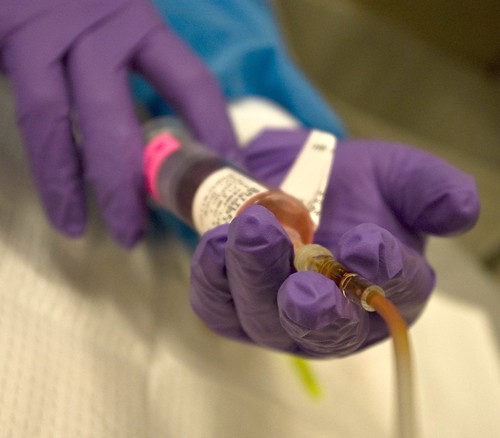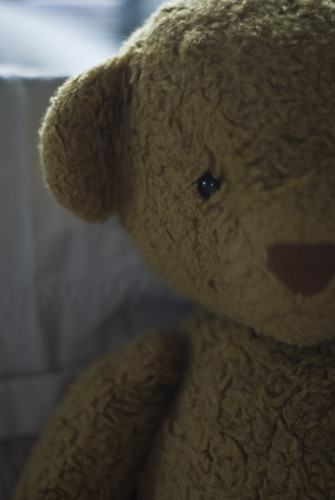Tuesday evening marked the end of my third (and last) hospital stay. As more and more “lasts” are reached, the more concrete it seems that I will be through with this cancer.
Lately, I’ve started to think back on the last 6 months, and have been roughly adding up all the tangible experiences and treatments that I have undergone in order to help my body resolve this illness. In some ways, the list is a good way to remind myself that this was no easy thing to go through (as if I need a reminder of that). A quick (and, by no means comprehensive) list includes the following, in no particular order:
- 65 nights spent in the hospital
- 2 MRIs
- 3 CT Scans of various parts of my body
- 1 full-body bone scan (checking for other cancer)
- 5+ chest x-rays, and 1 x-ray of my mandible (all looking for infection)
- 2 echocardiograms, and 1 ultrasound (checking for infection, heart function and blood clots)
- 3 in-hospital visits to a retina specialist to confirm/diagnose retinal bleeding (due to low platelets)
- 3 (and counting) bone marrow biopsies
- 3 procedures to insert various catheters (both PICC and Hickman)
- At least 300 doses (and counting) of Heparin to flush and lock my catheter (about half of those administered by Virginia)
- 168 consecutive hours of a Cytarabine drip
- 9 doses of Idarubicin
- 50+ (and counting) units of platelets, packed red blood cells, cryoprecipitate and plasma (although, most of these transfusions were platelets and blood)
- 436 (and counting) 10 mg tablets of ATRA (the main medication I’ll be on for the next year)
- 13 injections of GCS-F
- 2 injections of Neulasta
- Countless other medications (mostly antibiotics and antifungals), including vancomycin, clindamycin, levofloxacin, ceftazidime, flagyl, ciprofloxacin, voriconazole, and caspofungin to name a few
- Many doses of demerol and dilaudid (to ease rigors from the many fevers and to kill pain. Of all the drugs I was given, these remain the ones I most looked forward to, since they acted immediately and quite effectively… not to mention pleasant side effects.)
- Countless blood draws (at least once a day while in the hospital, and every other day while out), usually for a CBC, but also to look for infections
- Etc…
Unfortunately, the more I think about the list, the more I think I have forgotten. Although, perhaps that is a fortunate thing. I’m sure it will be good to have some sort of record of this ordeal, but I’m also beginning to feel the need to move on.
My body has survived both the disease and treatment, and I would like to take on the responsibility of making sure this experience was not in vain. What that means, I’m not exactly sure. I do know that I will not look at my future the same. To use another cliché, I have been given a “second chance” to experience the life that I have left to live in a way that honors both the illness and coming through it. I’m sure there will be plenty of adventures ahead (good and bad), things not taken for granted (as much), trips and travels, the making of arts and crafts, good food and drink, and attempting to answer the question, “What will I do that will make today worthwhile?”

